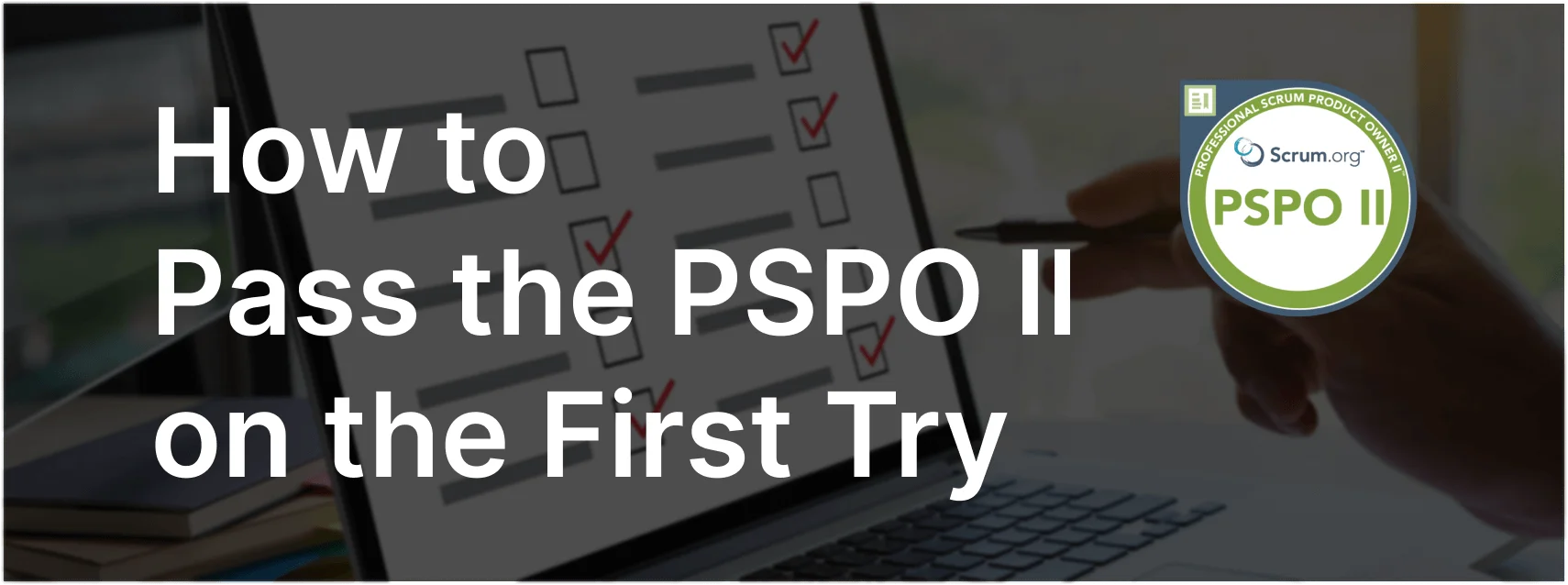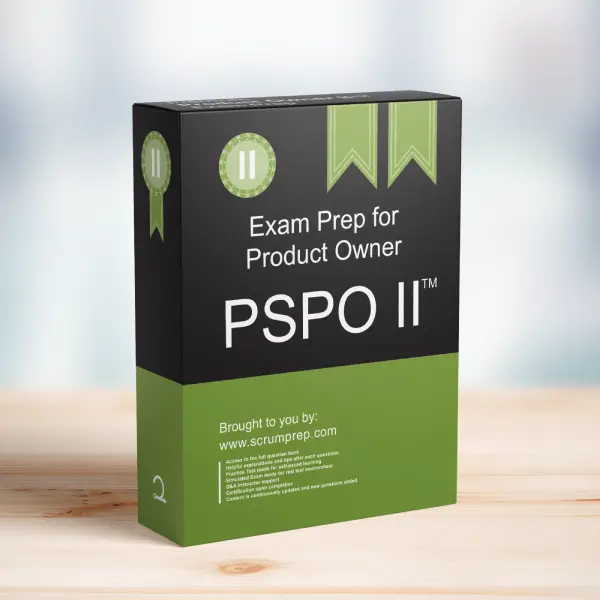Addressing Stakeholder Concerns with Data
As a Product Owner, you must often balance stakeholder opinions with data-driven insights. This article discusses how to handle situations where a stakeholder challenges the validity and value of data.
Exam Question
You are a Product Owner for a product that publishes customer usage rates by feature.
An influential stakeholder does not believe the data showing the usage rates and insists that a particular feature is essential, despite data showing low usage rates. The stakeholder believes that measuring feature usage is a waste of time.
As Product Owner, you have confirmed that the data is accurate and believe that the data is valuable to help you and your team. What should you do?
(choose the best answer)
A. Continue to measure and publish the data, to provide openness and transparency, and use it to inform your decisions.
B. Stop measuring feature usage to appease the stakeholder.
C. Continue measuring feature usage and use it to inform your decisions, but do not publish it.
Correct Answer
A. Continue to measure and publish the data, to provide openness and transparency, and use it to inform your decisions.
Explanation
Correct Answer
A. Continue to measure and publish the data, to provide openness and transparency, and use it to inform your decisions:
Openness and transparency are core principles in Scrum. By continuing to measure and publish usage data, you maintain transparency with all stakeholders and ensure that decisions are informed by accurate, empirical data. This approach helps in building trust and credibility over time.
Incorrect Answers
B. Stop measuring feature usage to appease the stakeholder:
Stopping the measurement of feature usage undermines data-driven decision-making and transparency. It may temporarily appease the stakeholder but is not in the best interest of the product’s long-term success.
C. Continue measuring feature usage and use it to inform your decisions, but do not publish it:
Not publishing the data reduces transparency and may lead to mistrust among stakeholders. Keeping data hidden can result in decisions being questioned and reduces the overall openness within the Scrum Team and organization.
Responsibilities in Scrum
- Product Owner: The Product Owner is responsible for maximizing the value of the product. This includes making data-driven decisions and ensuring transparency with stakeholders. By publishing usage data, the Product Owner can demonstrate the impact of features and make informed decisions about the product backlog.
- Scrum Master: The Scrum Master supports the Product Owner by facilitating Scrum practices that enhance transparency and empirical decision-making. They help address any impediments that may arise from stakeholder disagreements.
- Developers: The Developers work on turning Product Backlog items into valuable increments. They rely on accurate data to understand the value and impact of the features they develop, ensuring alignment with the Product Owner’s decisions.
Relevance to the PSPO II Exam
Understanding the importance of transparency and data-driven decision-making is crucial for the PSPO II exam. Candidates must demonstrate how to handle stakeholder challenges while adhering to Scrum principles. This knowledge ensures that Product Owners can effectively manage stakeholder expectations and maintain the integrity of the Scrum framework.
Key Takeaways
- Transparency and openness are essential for effective Scrum practice.
- Data-driven decision-making helps in maximizing product value and maintaining stakeholder trust.
- The Product Owner must balance stakeholder opinions with empirical data to make informed decisions.
Conclusion
Handling stakeholder concerns with data is a critical aspect of the Product Owner role. By maintaining transparency and using empirical data to inform decisions, Product Owners can build trust and ensure the product’s long-term success. For more information on preparing for the PSPO II exam, visit our PSPO II Exam Prep.



